coffee producing areas| Kenya coffee production characteristics and classification system introduction
It's also a famous coffee-producing country in Africa
- Kenya
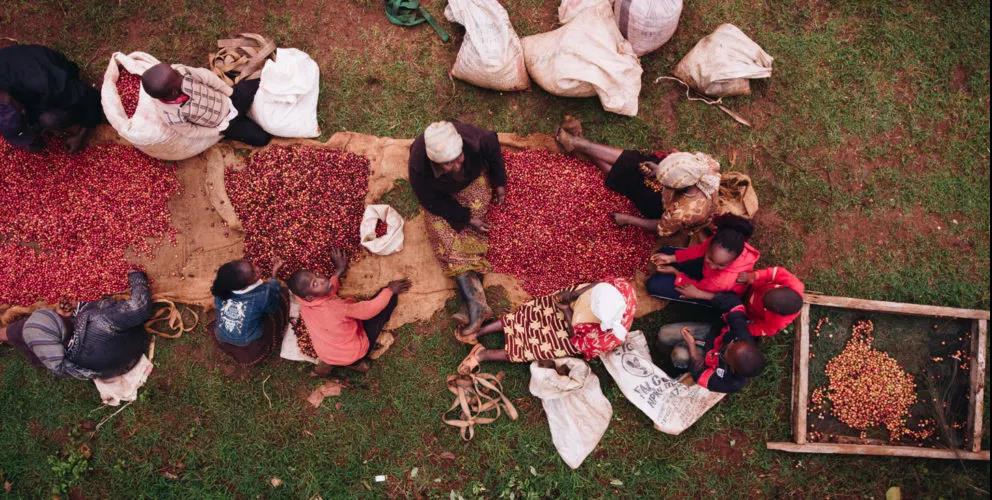
Kenya, the full name of the Republic of Kenya, is located in eastern Africa, the equator runs across the central part of the equator, and the Great Rift Valley of East Africa stretches north and south. It is bordered by Somalia to the east, Tanzania to the south, Uganda to the west, Ethiopia and Sudan to the north, and the Indian Ocean to the southeast. There are many plateaus in the territory, with an average elevation of 1500 meters. The central peak of Kirinaga (Mount Kenya) is 5199 meters above sea level and the top of the mountain is covered with snow, making it the second highest peak in Africa.
Altitude, latitude, geology: the equator runs through Kenya, and the border is just within ten degrees of north and south latitude. Belonging to tropical producing areas, there are two rainy seasons every year, with two harvests, with 60% concentrated from October to December and another 40% from June to August. Coffee is mainly grown in volcanic areas from the capital Narobi to the mountains of Kenya at an altitude of 1600-2100 meters. This height is suitable for the development of coffee bean flavor, because the mountain temperature is lower, the growth is slow, the aroma components of coffee beans have been fully developed, the sour taste is more obvious, and the texture is harder. This fertile moonbend-shaped coffee area is the main producer of Kenyan boutique beans.
Coffee is Kenya's second export product after tea.
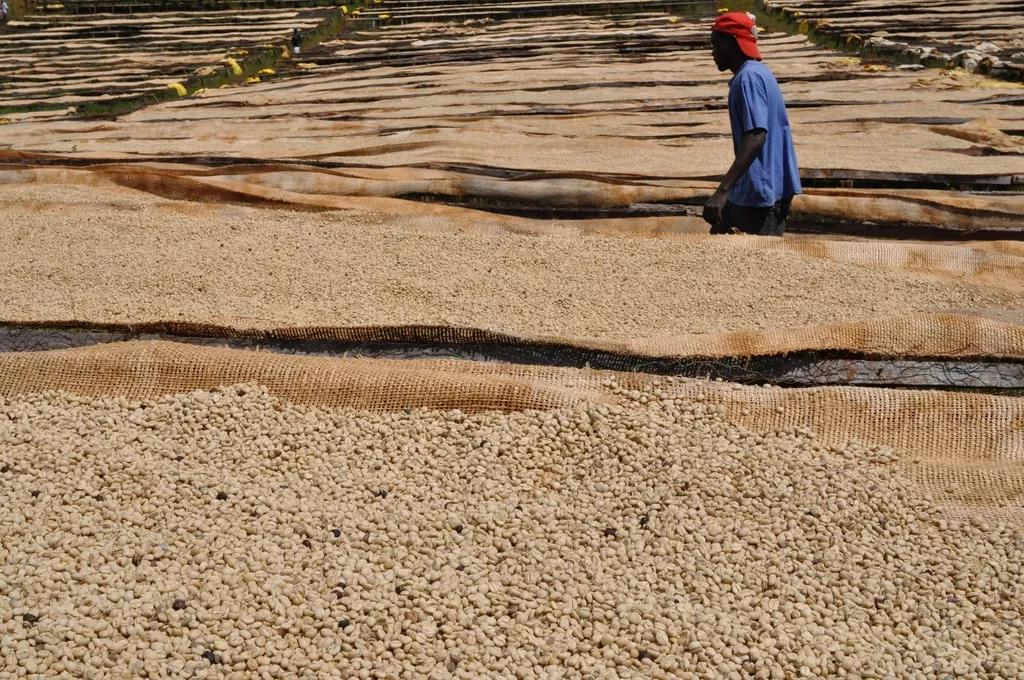
African coffee is famous all over the world for its charming acidity and aroma, and Kenya is certainly not absent. Kenya is located in East Africa, right on the equator, with the Indian Ocean to the east, Ethiopia to the north and Tanzania to the south. Kenya is a big coffee country in East Africa and one of the most important and irreplaceable producers.
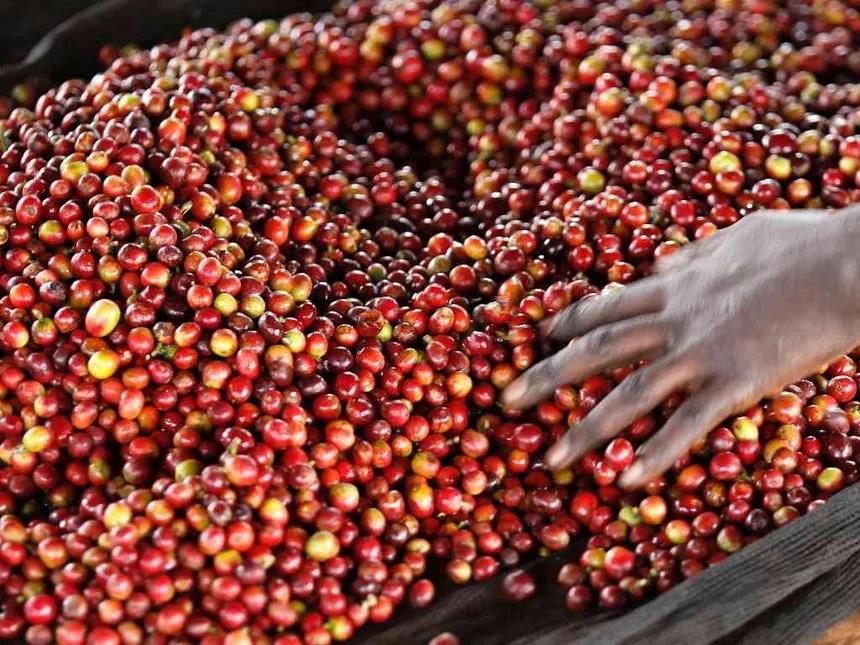
Kenya is a tropical region, with two rainy seasons a year and two harvests, with 60% concentrated from October to December and 40% from June to August. Coffee is mainly grown in volcanic areas from the capital Narobi to the mountains of Kenya at an altitude of 1600-2100 meters. This height is suitable for the development of coffee bean flavor, because the mountain temperature is lower, the growth is slow, the aroma components of coffee beans have been fully developed, the sour taste is more obvious, and the texture is harder. This fertile moonbend-shaped coffee area is the main producer of Kenyan boutique beans.
In Kenya, coffee is the second export product after tea.
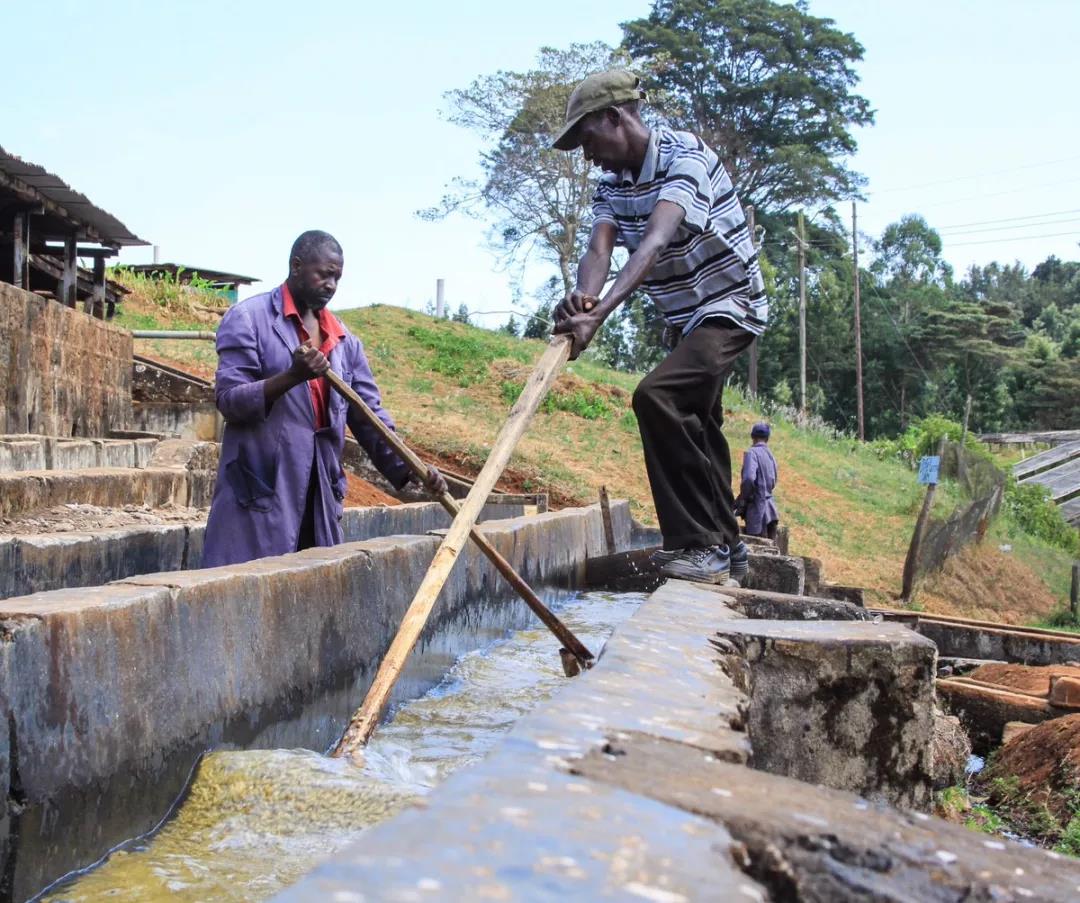
/ /
History of coffee in Kenya
In 1878, the British landed coffee in Africa and set up a coffee plantation in Kenya in the 19th century, when Ethiopian coffee drinks were imported to Kenya through southern Yemen. But it was not until the early 20th century that the bourbon coffee tree was introduced to Kenya by the St. Austin Mission (St.AustinMission).
After Kenya became independent in 1964, the coffee industry continued to develop on its existing basis and is now a world-renowned high-quality bean-producing country. In particular, they have established an auction system to successfully get rid of the disadvantages of exploiting small farmers in other bean-producing countries (from which the so-called "fair trade coffee" comes from).
/ /
Kenyan auction system:
Most of the coffee beans are graded and then sold at the auction site by the Kenya Coffee Bureau. The system of public auction can be traced back to 1934, and the auction method adopts the agent system. There are 50 licensed agents in Kenya who send sample beans to their customers for cup testing. Customers can bid for their favorite coffee by agents at auction. But this approach seems to encourage intermediary agents to erode farmers' incomes, so in 2006 Kenya opened 32 more independent sales agents to directly contact foreign coffee buyers without going through auctions.
However, these must meet the standards such as Kenya Coffee Agency's guarantee for quality storage banks. The two systems operate in parallel. After several years of development, they are the most transparent auction distribution system. The better the quality of coffee is, the better the price can be measured through cups, so that more cooperatives and farms are willing to join.
There are two main modes of trading coffee in Kenya:
At the Nairobi Coffee Exchange auction (central auction system), 85 per cent of coffee beans are traded through the auction system.
Or through direct trade (often referred to as the "second window"), only 15% of coffee beans are traded through direct trade.
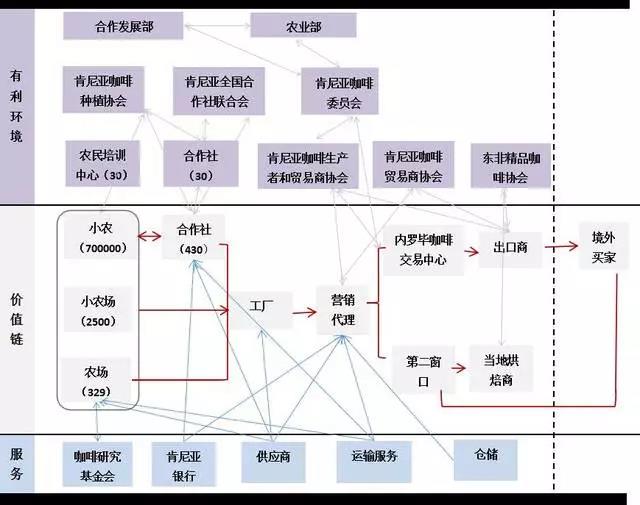
Kenya Coffee Trading Process
Model 1: Nairobi Coffee Exchange auction
Since the auction system was established in the 1930s, the vast majority of Kenyan coffee has been traded in this way. Coffee auctions are held every Tuesday during harvest season. It is an auction system that evolved from an "open outcry" auction system in which each trader bids by pressing an electric trigger. Through this system, the price of premium, highly popular coffee skyrockets as agents compete with each other.
Mode 2: Direct trade
Direct trade allows farmers and buyers (such as roasters or importers) to discuss and determine a price different from an auction before or during harvest. Some exporters also buy coffee directly from the relevant marketing agent or factory, based on the auction price of a particular grade in the previous week as a reference price for negotiation. Direct trade allows farmers who produce high-quality coffee to earn more.
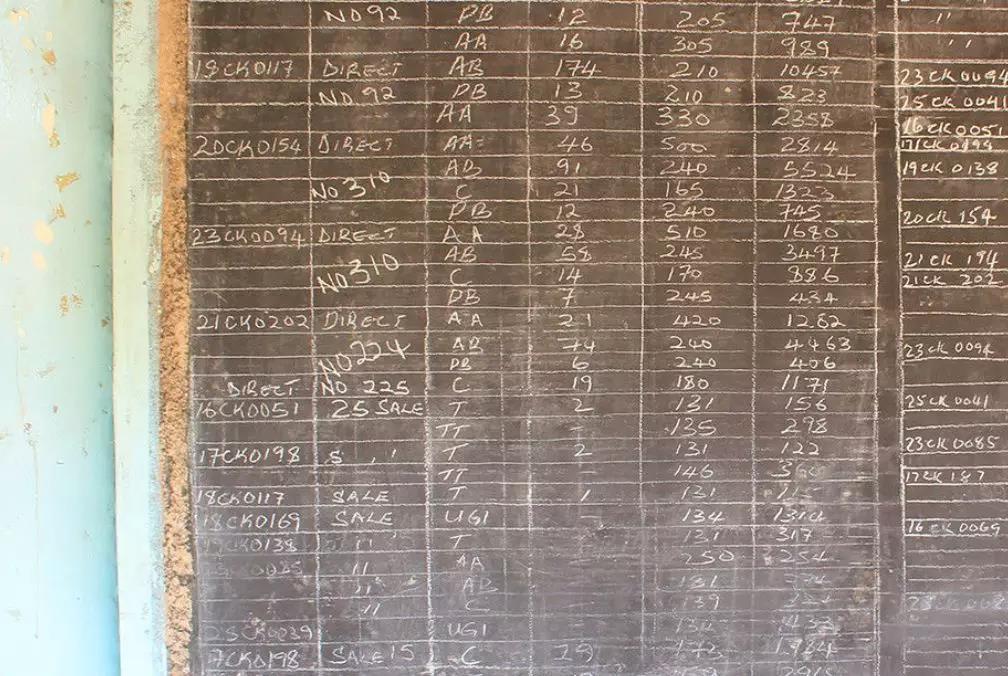
Kenyan coffee is made up of two main growing areas: plantations, consisting of ±3300 farms including coffee ±40000 hectares (HA). In the internal planting industry, there are also 3000 huts (50 hectares). This accounts for about 25% of Kenya's coffee-growing land. The other 75 per cent are cooperatives, with a total of 700000 small farmers growing 120000 hectares of coffee as a member.
Small farmers' cooperatives began to build factories / cleaning stations in the 1960s so that they could handle their coffee in the same way as large plantations.
Today, these factories have as many as 2000 members, and to this day, the high quality of their Kenyan coffee is known to the world.
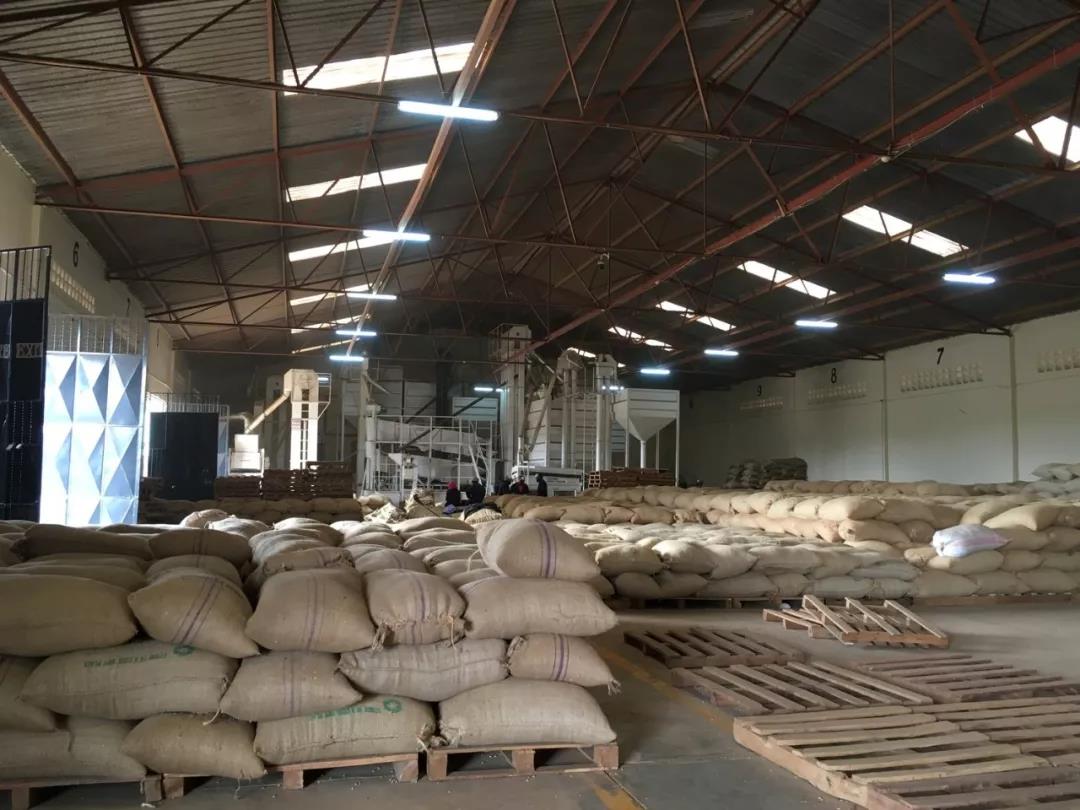
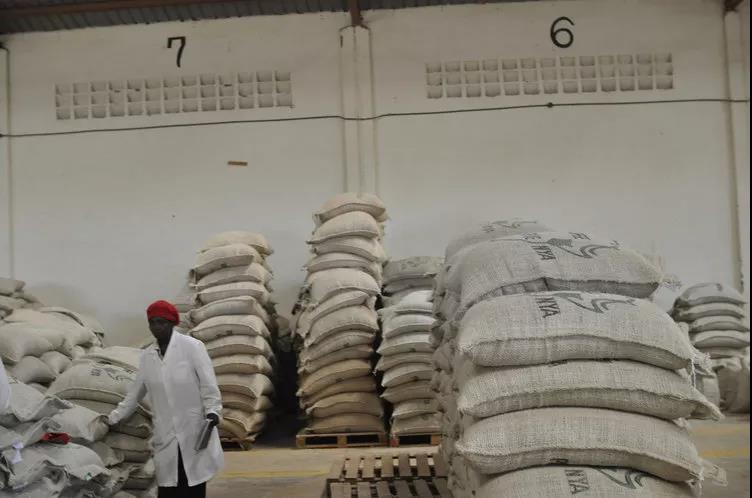
Kenyan coffee varieties
In Kenya, the common varieties are SL28, SL34, French missionary Bourbon and Ruilu 11.
SL-28 & SL-34
In the 1930s, Scott Labs was commissioned by the Kenyan government to select the varieties suitable for the country. After numbering and screening one by one, SL-28 and SL-34 were finally obtained, both of which originated from bourbon, and SL-34 can grow in areas with lower elevations.
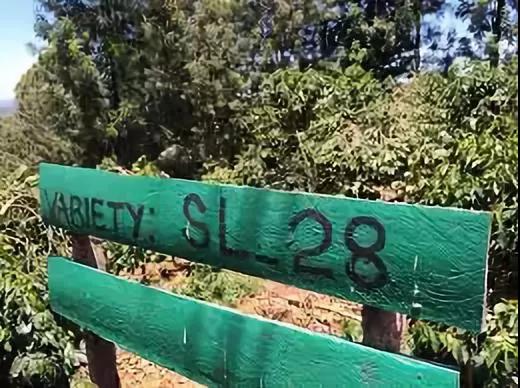
SL28 has a mixed pedigree of French missionaries, mochas and Yemeni iron pickups. The goal of cultivating SL28 was to mass produce coffee beans with high quality and resistance to diseases and insect pests.
Although the yield of SL28 was not as high as expected, the copper leaf color and broad bean-shaped beans have great sweetness, balance and complex flavor, as well as remarkable citrus and plum characteristics.
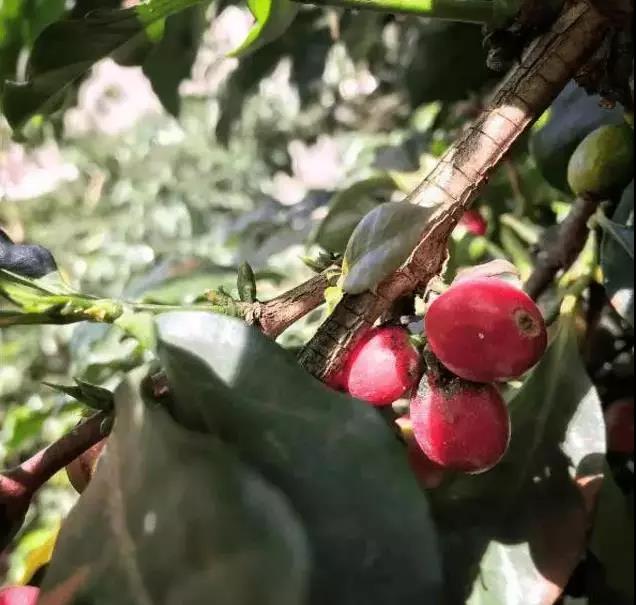
SL34 is similar to SL28 in flavor, with a heavier, fuller and cleaner finish than SL28, except for its complex acidity and great sweetness. SL34 has French missionaries, bourbon, and more Ironka lineage. Dou looks similar to SL28, but is more adaptable to sudden heavy rain.
It turns out that the former is highly rated, usually with blackcurrant-like acidity and complex flavor, while the latter is slightly inferior, but also has an eye-catching fruit flavor. These two varieties, which currently account for 90% of Kenya's production, are generally recognized as representatives of Kenyan coffee.
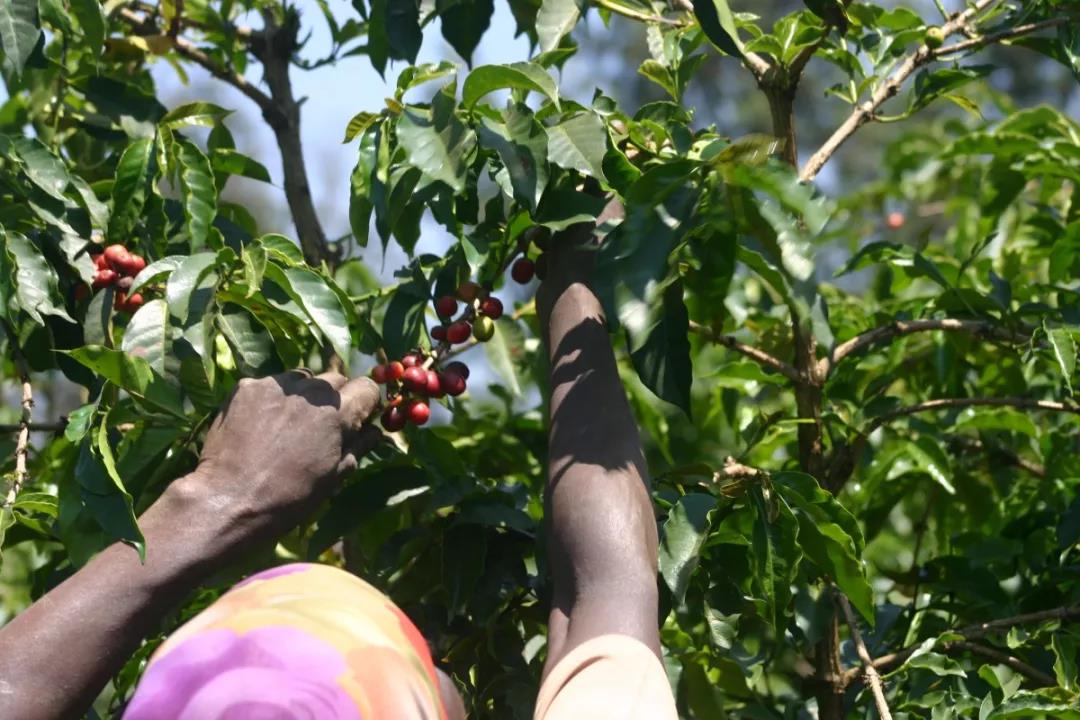
French missionaries brought bourbon trees to Kenya around 1892-1893. This native bourbon tree species, known as renchMission Varietal (French missionary species), avoids scientific improvements in the planting process and retains the original flavor of bourbon.
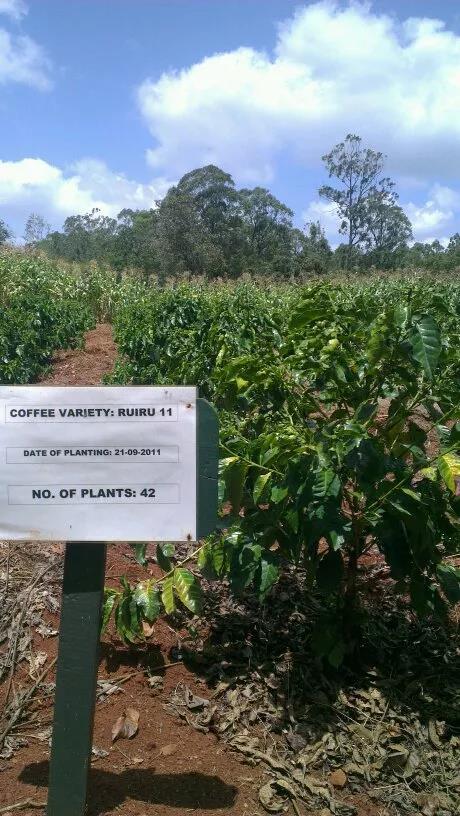
Ruiru 11: a hybrid breed with heavy yield and low quality developed in Kenya in 1985. There are no varieties of Arabica and sturdy beans that can be regarded as boutique coffee so far, so they are not available in many suppliers that specialize in freshly roasted boutique coffee, such as fresh. However, even many imported specialty coffee suppliers mix the hybrid beans with Blend to reduce costs. From the above-mentioned gene mutants (whether natural or scientific products), their flavor has a lot to do with specific geographical conditions.
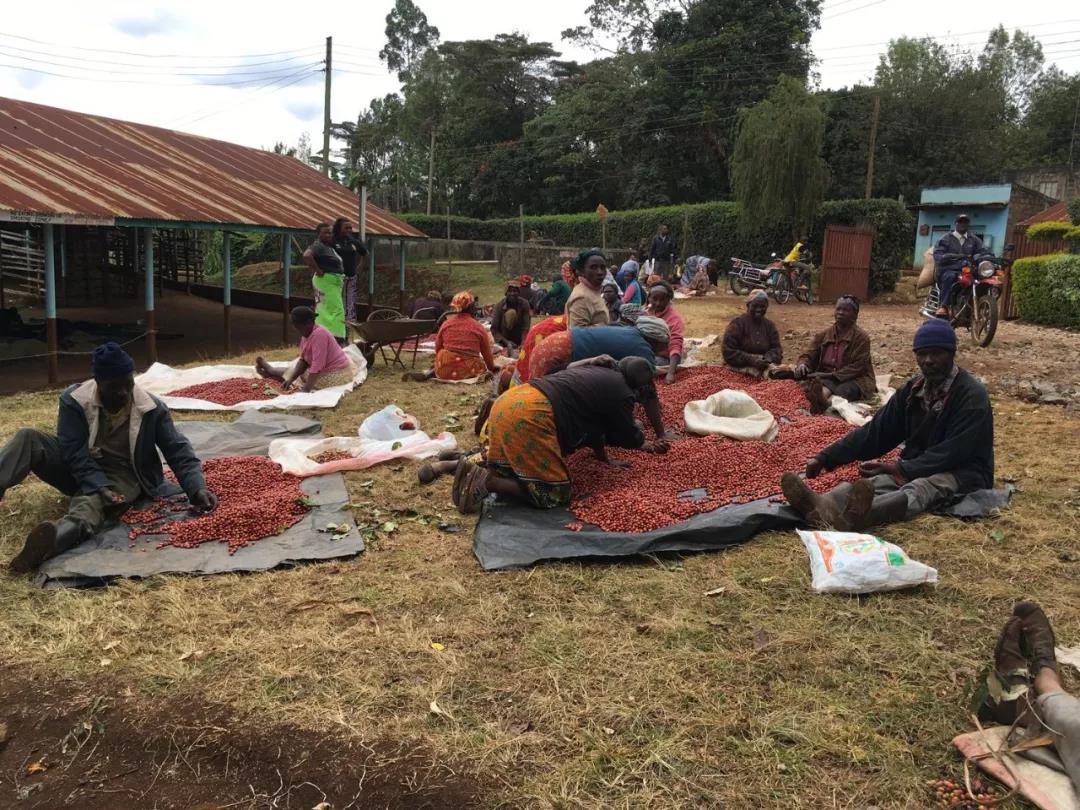
Kenyan coffee grading
Kenya coffee beans are strictly graded, mainly according to the size, shape and hardness of coffee beans, from high to low divided into AA or AA+, AB, PB, C, E, TT, T, selection can be used as a basis, but also based on the flavor of coffee.
Coffee size classification
AA is a class name of coffee raw bean currency, it mainly refers to the size of coffee beans, AA refers to coffee beans with larger particles, generally coffee beans with particles of more than 17 mesh (17 mesh = mesh diameter 6.75MM) AA size is 17 mesh and 18 mesh, AB is 15 mesh, 16 mesh.
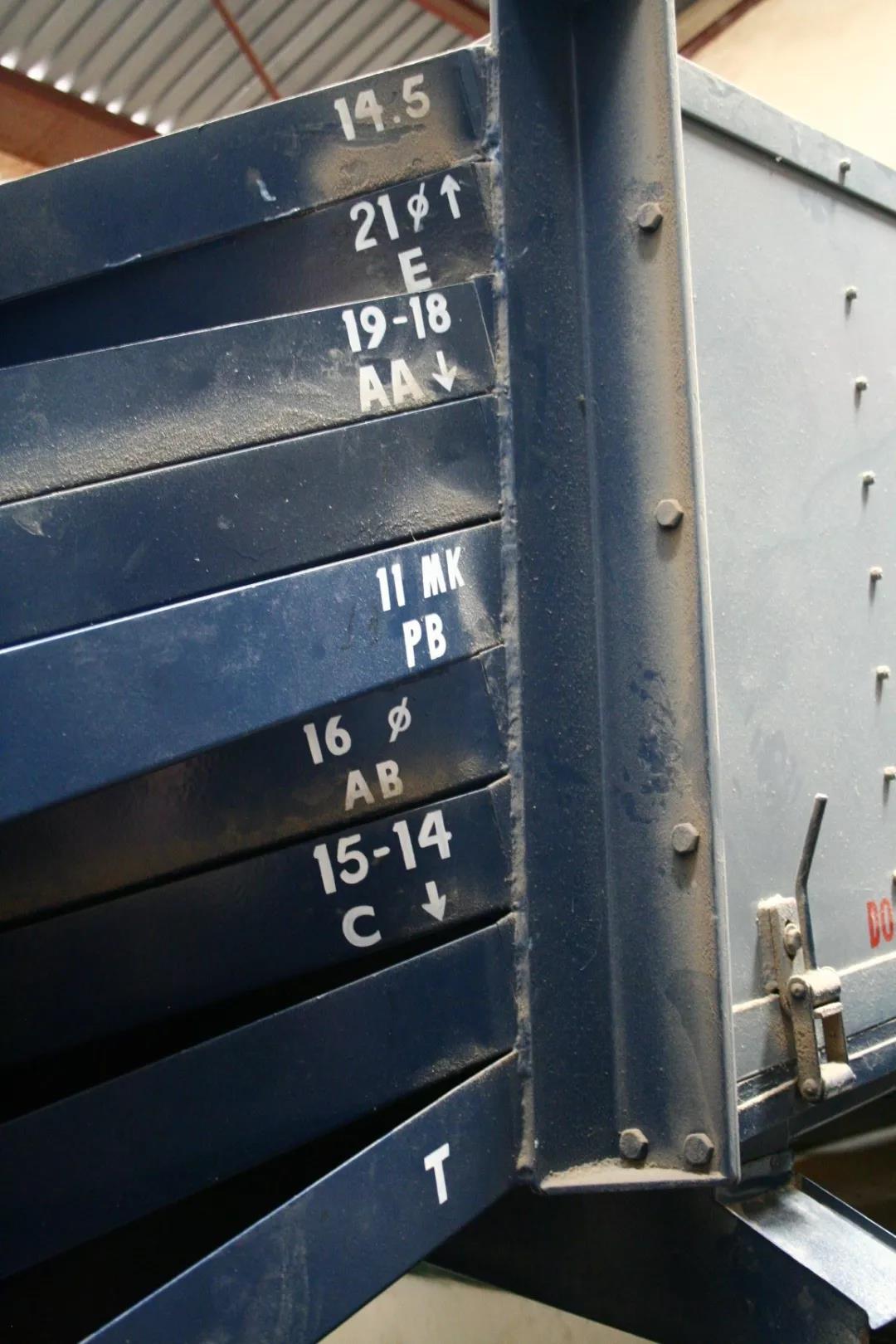
AA grade with excellent quality (flavor, taste) in AA Plus (AA+) cup
AA particle size (Screen Size) 17 Murray 18 size
AB particle size (Screen Size) 15 Murray 16 size, accounting for the majority of production
C particle size (Screen Size) is smaller than that of AB.
TT blows lighter beans from AA and AB beans with an airflow filter.
T from C-grade beans, lighter beans blown by an airflow filter.
E Elephant Bean is a large mutant bean, also known as Elephant ear.
UG does not meet the above criteria
PB Peaberry, classified by appearance, independent of flavor weight
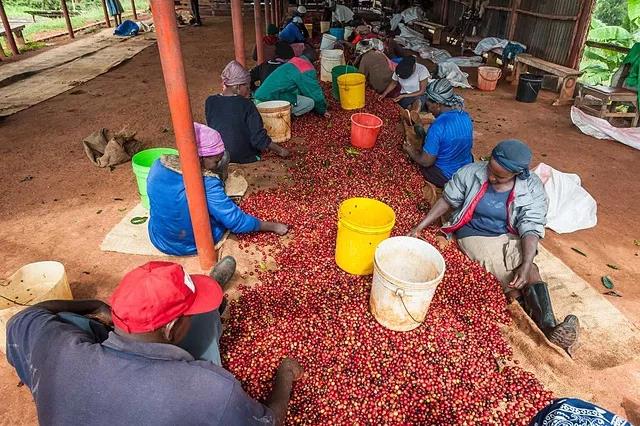
Flavor grade
The order is TOP, PLUS, FAQ (Fair to Average Quality will have some slight defective beans, but does not affect the flavor.
Qianjie coffee is recommended to be roasted.
Kenyan beans are relatively hard, at first climb with a higher temperature, turn yellow point in about 5 minutes, and then reduce the firepower into the Mena reaction, and once again reduce the firepower to prolong the Mena reaction time. When the first burst begins, it is highly endothermic, so it is recommended to maintain heat at this stage to prevent stagnation. The development of first explosion takes more time, which is helpful to reduce acidity and develop flavor.
Kenyan treatment method
Just as honey is treated in Costa Rica and wet planing in Indonesia, why not mention Kenyan coffee [K72 treatment]?
[Kenyan 72-hour fermentation washing treatment]
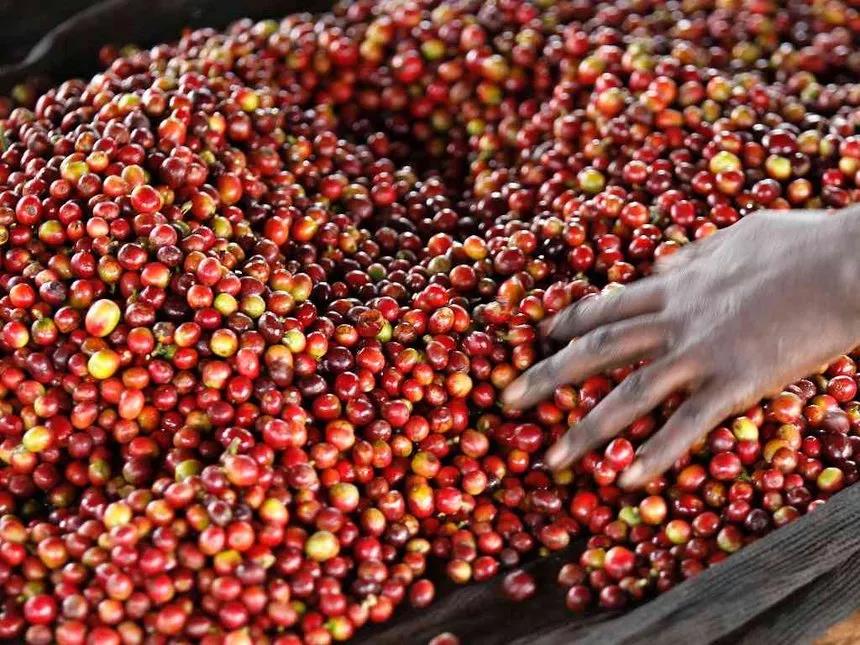
Originated in Kenya, the cycle repeated treatment method of washing after fermentation was adopted to select the best quality cherries for peeling and fermentation. the fermentation time was 24 hours and washed with clean river water after 24 hours. Then, it was fermented again with clean river water for 24 hours, then washed, and repeated 3 times for 72 hours, so it was called Kenyan 72-hour fermentation water washing treatment, abbreviated as [K72].
First washing and fermentation

After the coffee cherry harvest, the beans will first be picked by the specific gravity of the water flow, the principle is that the coffee fruit itself is screened by the difference in density and quality; the coffee beans with high density (heavy weight) will sink into the water, while the coffee beans with low density will float. The coffee fruits with high mature quality have high density, so they are screened out for further treatment.
After the high-quality and ripe fruits are selected, the peel is removed, washed and soaked, and the pectin mucus attached to the outer layer of raw beans is fermented. Pectin has natural sugars and alcohols, which play an important role in the development of sweetness, acidity and overall flavor of coffee. The fermentation time is as long as 24 hours. after fermentation, 80-90% of the pectin can be removed, leaving only the flavor in the coffee beans.
The second washing and fermentation
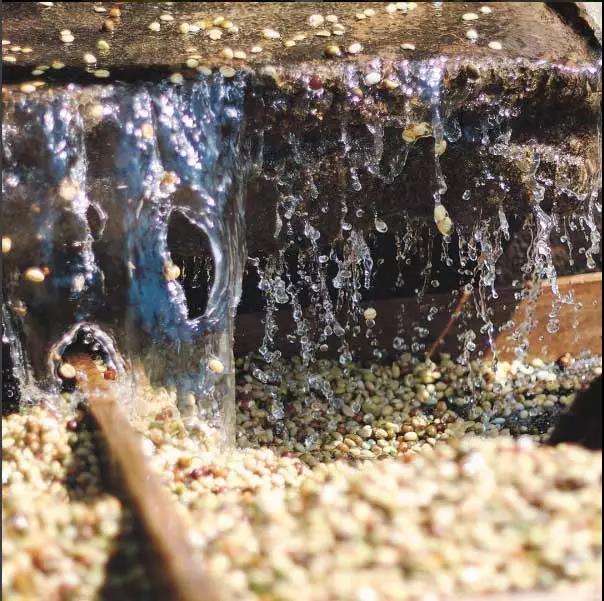
Then enter the second washing fermentation process. After the coffee beans in the previous stage are cleaned, they are soaked in water for 24-48 hours. This process increases protein and amino acids, and the acidity of the coffee bean thus creates a complex, delicate texture. Finally, remove any remaining pectin and move the beans to a raised trellis for sun drying.
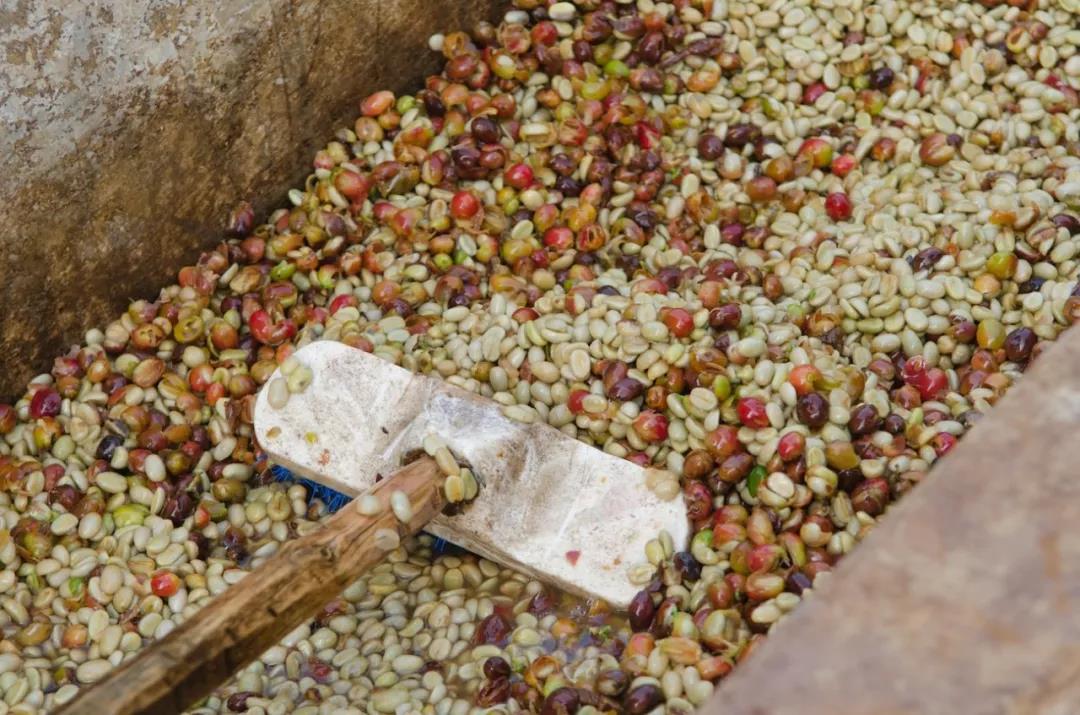
Fermentation time up to 24 hours, fermentation can remove 80- 90% of pectin, leaving only the flavor of coffee beans.
Finally, remove all remaining pectin and move the beans to a high shelf for sun drying, depending on the weather conditions, usually about 5- 10 days to complete.
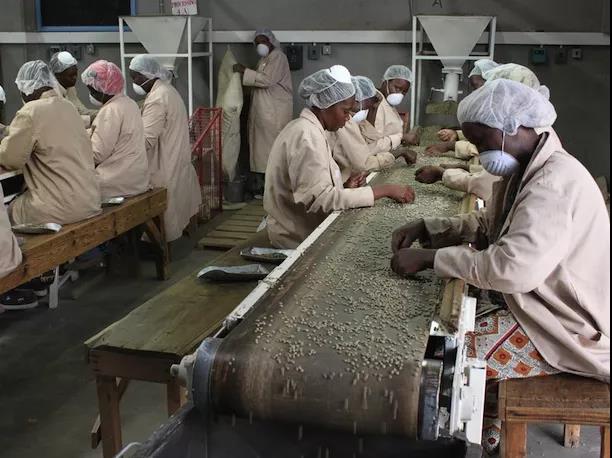
Kenyan coffee producing area
The most famous coffee producing areas in Kenya are Thika, Kirinyaga, and the west side of Mount Kenya (Mt. Kenya West, Nyeri, Kiambu, Ruiri and Muranga. Among them, the foothills of Mt.Kenya and Aberdare are the main producing areas.
Coffee is very different from county to county (county) in Kenya. Kenya is divided into 47 "counties" (county).
Coffee in different counties has distinct characteristics. Coffee trees in Kenya are mostly planted at 1400-2000 meters above sea level and harvested twice a year. The growth areas include Ruiri, Thika, Kirinyaga and Mt. Kenya West, Nyeri, Kiambu and Muranga. Mainly in the foothills of Mt.Kenya and Aberdare. For example, Embu coffee characteristics, balance, citrus fruits, chocolate, apples, acidity. Nyeri coffee features, white grape, juicy, grapefruit and small tomato flavor, fruity, as sweet as caramel.
Major coffee producing areas in Kenya:
NYERI (Nieli)
NYERI: Nyeri in central Kenya is home to the extinct volcano Mount Kenya. The red soil in this area breeds the best coffee in Kenya. Agriculture is extremely important here; coffee is the most important crop. Common cooperatives made up of small farmers are more common than large manors. There are two harvests in this area, but coffee from the growing season is usually of high quality.
Altitude: 1200-2300 m
Harvest period: October to December (main production season), June to August (by-product area)
Varieties: SL-28, SL-34, Ruriu11, Batian.
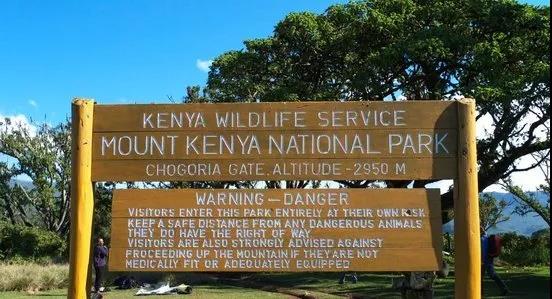
MURANG'A (Mu Rentu)
MURANG'A: there are about 100000 coffee farmers in this district of the central province. This inland producing area was the place of settlement chosen by the first missionaries because Portugal banned them from living in coastal areas. This is also another German producing area that benefits from volcanic soil, with more small coffee farmers than manors.
Altitude: 1350 to 1950 m
Harvest period: October to December (main production season), June to August (by-product season)
Varieties: SL-28, SL-34, Ruiru11, Batian
EMBU (Enbu)
EMB: the name of this area near Mount Kenya comes from the city of Embu, where about 70% of the population is engaged in small-scale farming, and the most popular cash crops in the area are tea and coffee. Almost all coffee comes from small farmers, and the yield in this area is relatively small.
Altitude: 1300
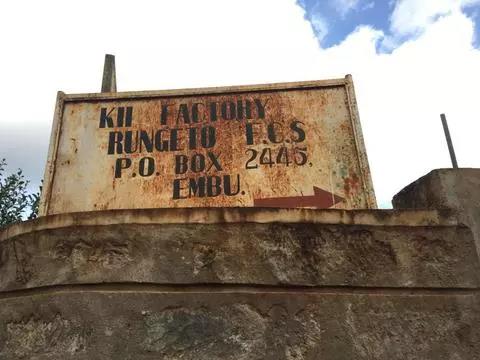
MERU (Meru)
MERU: most of the coffee in this area is grown by small farmers in the foothills of Kenya and in the Nyambene hills. The name refers to the magnetic field area and the Meru people who live there. They were the first Kenyans to start producing coffee in the 1930s because of the importance of guaranteeing the rights of people of African descent in Kenya in the White Paper (devonshire white paper) signed in 1923.
Altitude: 1300 to 1950 m
Harvest period: October to December (main production season), June to August (by-product season)
Varieties: SL-28, SL-34, ruiru11, Batian, K7
KIAMBU (Giambo)
KIAMBU: this producing area in central Kenya has the highest coffee growing area in the region. However, some coffee trees at high altitudes can get Dieback and stop growing. This producing area is named after the town of Nakuru. Coffee is grown here in the form of both manors and small farmers, but the yield is relatively small.
Altitude: 1850-2200 m
Harvest period: October to December (main production season), June to August (by-product season)
Varieties: SL-28, SL-34, Ruiru11, Batian
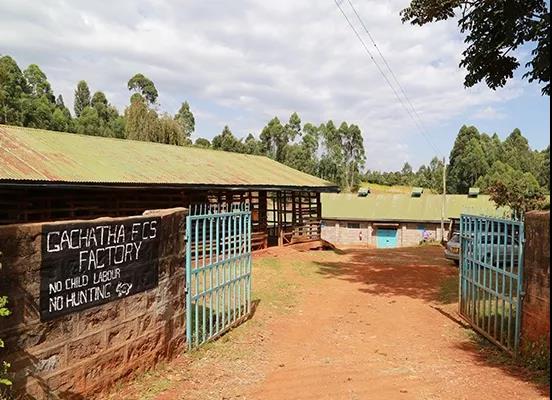
KISII
KISII: This region is located in southwestern Kenya, not far from Lake Victoria. It is a relatively small growing area. Most coffee beans come from common cooperatives of small producers.
Altitude: 1450~1800 m
Harvest period: October ~ December (main production season), June ~ August (secondary production season)
Varieties: SL-28, SL-34, Blue Mountain, K7
TRANS-NZOIA, KEIYO&MARAKWET
TRANS-NZOIA, KEIYO&MARAKWET: This small region in western Kenya has grown in recent years. Mount Elgon provides a certain elevation, and most coffee comes from the estate. Coffee cultivation is usually done to diversify what would otherwise be a cornfield or dairy farm.
Altitude: 1500~1900 m
Harvest period: October ~ December (main production season), June ~ August (secondary production season)
Varieties: ruiru11, batian, SL-28, SL-34.
KIRINYAGA
Located on the slopes of Mount Kenya, near Nyeri, it is known for its strong, rich and solid coffee, and Nyeri is recognized as the two best growing areas in Kenya. Most of the producers in this area are small coffee farmers, affiliated with cooperatives, which play an integrated role by providing washing plants, while coffee farmers send coffee cherries to cooperative plants for green bean processing.
It turned out to refer to Mount Kenya, but when the British colonized it, they thought it was hard to remember, so they changed the name of the mountain to Mt Kenya instead of Kirinyaga.
Mount Kenya is the second highest mountain in Africa. Although it is located in the tropics, the top of the mountain is often covered with snow. The original meaning of Kirin Yajia is "white peak". Mount Kenya is not only a United Nations protected area, but also a favorite tourist attraction with surrounding foothills and grasslands, wildlife gathering and foraging.
From the Kikuyu tribe, meaning "White Mountains," it is believed to be the place where the gods reside. Kikuyu are Kenya's most populous ethnic group, accounting for one-fifth of the population.
Altitude: 1300 ~ 1900 m
Harvest period: October ~ December (main production season), June ~ August (side production season)
Varieties: SL-28, SL-34, Ruiru11, Batian.
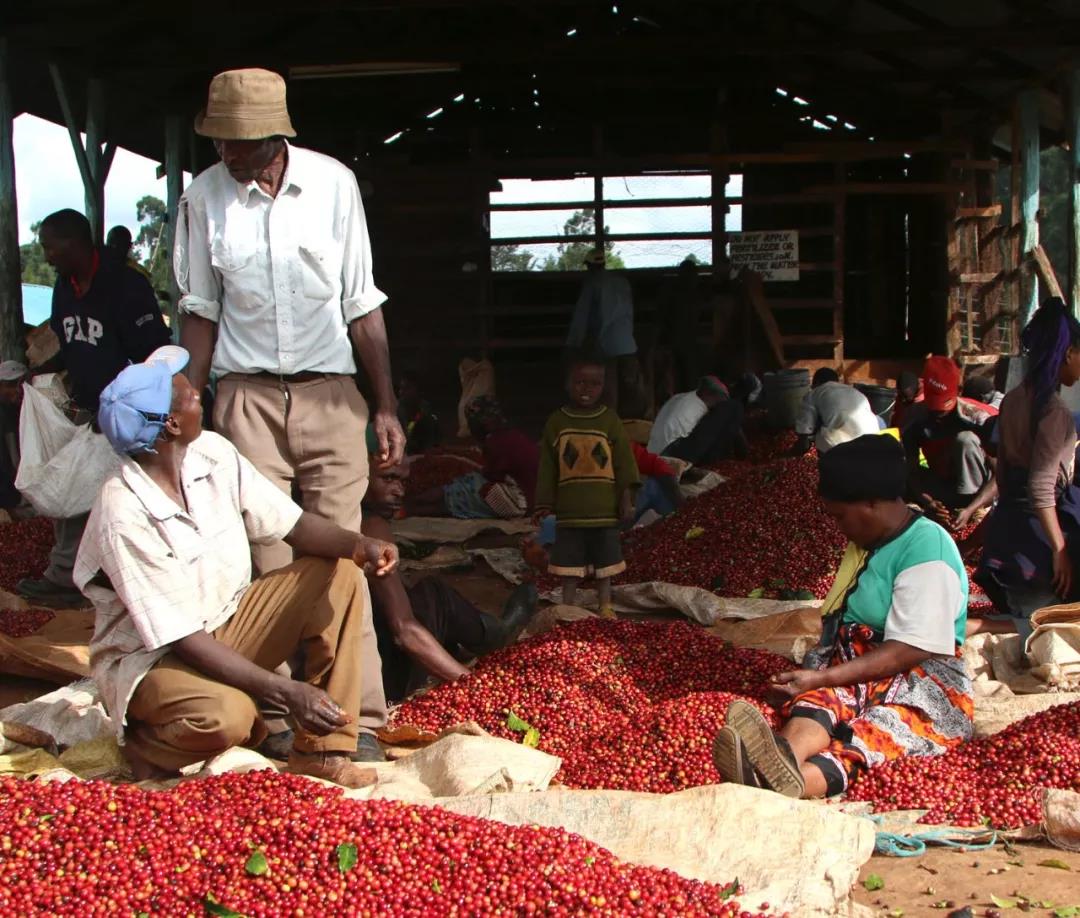
Coffee farms are mostly small-scale operations with an annual output of hundreds of kilograms. They will decide to sell the fruit to the nearby processing plant (Coffee Factory) according to the delivery distance and the purchase price. Farmers own a small area of land, which is usually measured by the total number of trees on a piece of land, which means that producers often have more autonomy to strategically pick fresh coffee fruit. and can deliver the most mature fresh coffee fruit to the local factory (washing plant). Factories generally have abundant water resources for fine washing, including soaking coffee beans in fresh water for a long time to consolidate the unique Kenyan flavor.
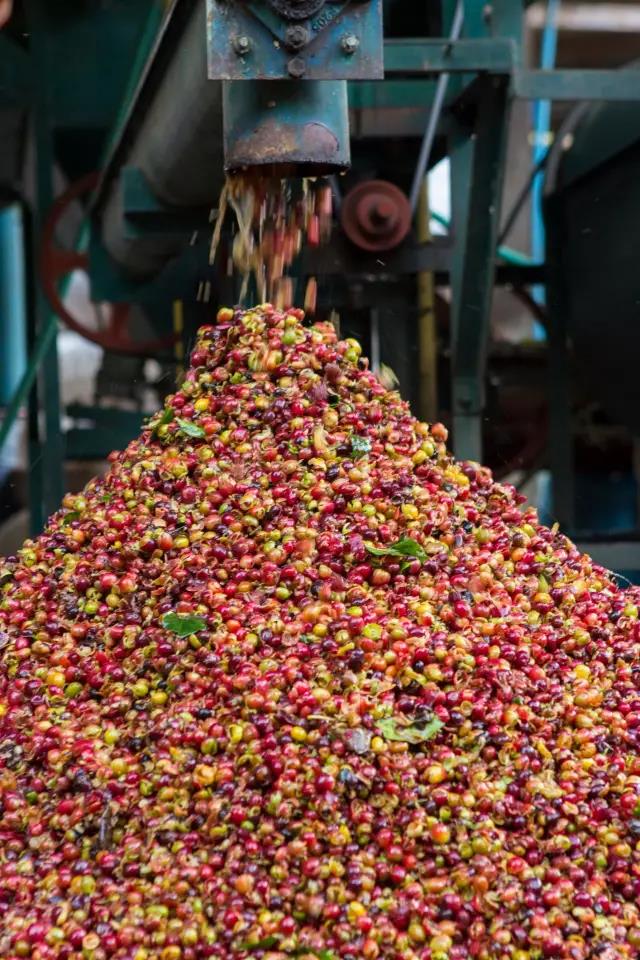
Qianjie Coffee Kenyan Coffee introduction
Introduction of Kenya processing Plant
Kenya Karogoto
Karo Goto, Kenya
Neri (Nyeri)
Treatment Plant Carol Goto treatment Plant (Karogoto)
1800 meters above sea level
Variety SL28, SL34
Cooperative Tekangu FCS
Small farmers, members of producers' cooperatives
Karogoto Water treatment Plant, Tegu Water treatment Plant and Ngunduru Water treatment Plant are part of the TEKANGU Farmers' Cooperative, located in the town of Karatina (Karatina), 20 kilometers south of Mount Kenya and 20 kilometers southeast of Nieli, under the jurisdiction of Neri County in the central province. The treatment plant currently has 1054 farmers, 201 acres of cultivated area, annual rainfall 1500MM, average temperature of 12-27 degrees, fertile volcanic red soil, rich mineral phosphorus and good soil drainage. The local farmers, the Kikuyu Tribe, harvest the full-ripe fruit and wash it, then slowly dry it for 2-3 weeks to 10-12% water before sending it to the nearby Sagana dry treatment plant for shelling.
Imported fresh and clean virgin fruit, berries sour, good permeability, the acidity will be sandwiched with tea, caramel aroma, the whole is very refreshing.
Haniyeh Manor, Kenya
French missionary Bourbon sunburn
Country: Kenya
Area: Sika (Thika)
Processing plant: Haniyeh Manor (ChaniaEstates)
Altitude: 1525 m
Variety: French missionary bourbon species
Treatment: sun treatment
Dry aroma with sun fermentation, dried fruit and vanilla, sipping can drink caramel, vanilla, comprehensive fruit, solid juice, finish with berries, strong jackfruit, coffee flowers. The overall performance has a wild regional flavor of Africa, suitable for small sips and slowly taste, the complex aroma is difficult to give up.
Kenya Asali TOP AA
Asari, Asali of Kenya
Country: Kenya
Producing area: Sika Thika
Processing plant: Asali honey processing plant
Altitude: 1550m Murray 1750m
Soil: volcanic soil
Rating: AA TOP
Variety: sl-28,sl-34
Treatment: 72 hours washing
Founded in 1975, the treatment plant has more than 1600 coffee farmer members, each with an average of about 180 coffee trees. the main local tree species are SL28, SL34 and Ruiru 11. The wet aroma has ripe tomato and floral aromas, with aromas of virgin fruit and black plum in the mouth, bright acidity, clean palate, medium body, outstanding sweetness in the middle, juicy, sweet berry and yellow sugar in the finish, and [green tea] aromas.
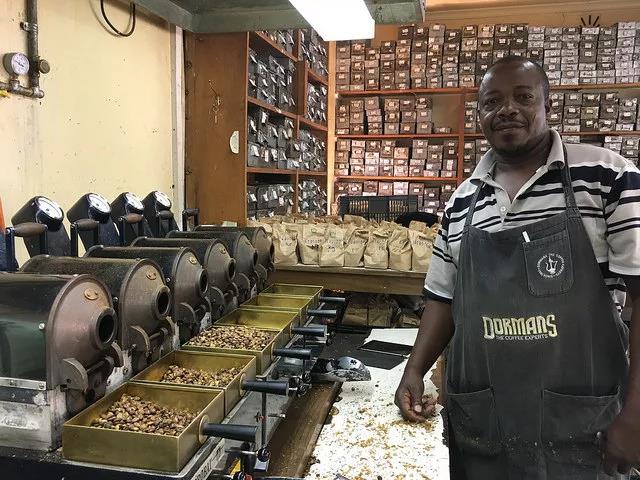
Important Notice :
前街咖啡 FrontStreet Coffee has moved to new addredd:
FrontStreet Coffee Address: 315,Donghua East Road,GuangZhou
Tel:020 38364473
- Prev
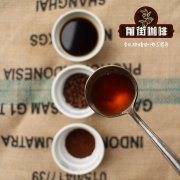
Dominica Coffee producing area | BARAHONA Caribbean Ice species, Caribbean Cui, Red Coffee Coffee
Professional coffee knowledge exchange more coffee bean information please pay attention to the coffee workshop (Wechat official account cafe_style) Dominica coffee producing area | BARAHONA the difference between Caribbean ice species, Caribbean emerald and red pea organic coffee beans? The Commonwealth of Dominica (Dominican Republic) has the reputation of a paradise touched by the Caribbean trade wind, due to its location in Central America and Canada.
- Next
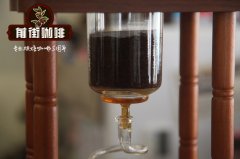
18 production season Ethiopia rinses Yega Xuefei Lemon Flower G1 introduction _ how to drink Yega Sheffei Lemon
Professional coffee knowledge exchange more coffee bean information please follow the coffee workshop (Wechat official account cafe_style) Ethiopian Coffee-Yega Xuefei lemon flower is a stable quality, excellent flavor and cost-effective washed G1 Yega Xuefei, its raw bean defect rate is less than 1%, and the raw bean stage has a spice-like pretaste, its most acclaimed lemon, jasmine and honey
Related
- Detailed explanation of Jadeite planting Land in Panamanian Jadeite Manor introduction to the grading system of Jadeite competitive bidding, Red bid, Green bid and Rose Summer
- Story of Coffee planting in Brenka region of Costa Rica Stonehenge Manor anaerobic heavy honey treatment of flavor mouth
- What's on the barrel of Blue Mountain Coffee beans?
- Can American coffee also pull flowers? How to use hot American style to pull out a good-looking pattern?
- Can you make a cold extract with coffee beans? What is the right proportion for cold-extracted coffee formula?
- Indonesian PWN Gold Mandrine Coffee Origin Features Flavor How to Chong? Mandolin coffee is American.
- A brief introduction to the flavor characteristics of Brazilian yellow bourbon coffee beans
- What is the effect of different water quality on the flavor of cold-extracted coffee? What kind of water is best for brewing coffee?
- Why do you think of Rose Summer whenever you mention Panamanian coffee?
- Introduction to the characteristics of authentic blue mountain coffee bean producing areas? What is the CIB Coffee Authority in Jamaica?

